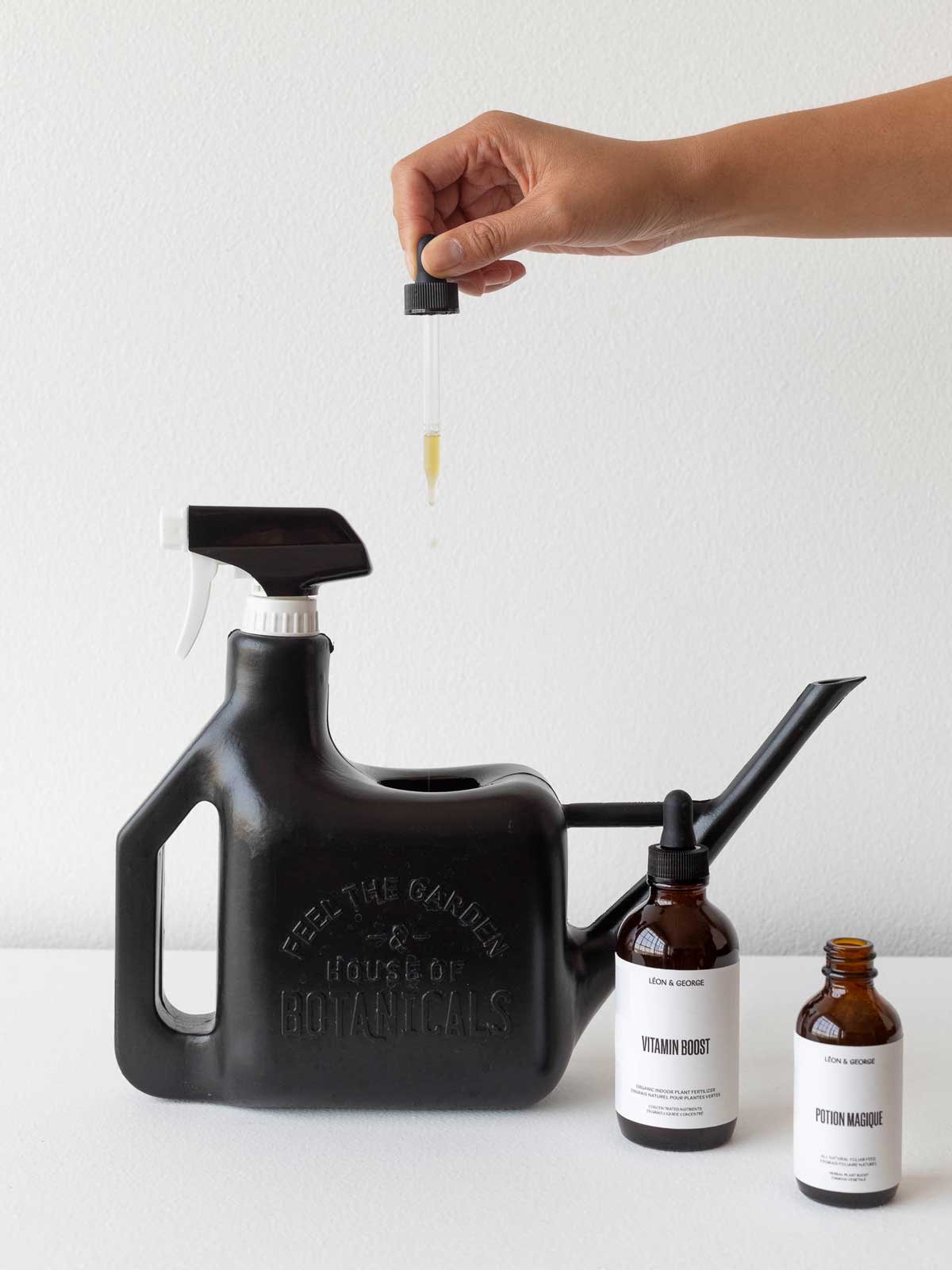Help your Snake Plant live its best life with a regular fertilizing routine!
With their striking upright leaves and air-purifying qualities, Snake Plants (Sanseverias) are a popular choice for indoor plant enthusiasts and novices alike. Native to the arid regions of West Africa, they are well-suited to indoor environments due to their ability to tolerate low light conditions and infrequent watering. While Snake Plants are known for their adaptability, providing them with the right nutrients can boost their growth and overall health. Keep reading to learn about the best fertilizer for all varieties of Snake Plants and how to best fertilize these low-maintenance plants effectively.
Understanding the NPK Ratio
Fertilizer labels often display an NPK ratio, representing the ratio of nitrogen (N), phosphorus (P), and potassium (K) in the product. Different plants have specific nutrient requirements, so it's important to choose a fertilizer that matches your Snake Plant's needs.
Snake plants thrive with a balanced, all-purpose liquid fertilizer with an NPK ratio of 10-10-10 or similar. This balanced ratio ensures that your Snake Plant receives essential nutrients for overall growth and health.
The Best Plant Food for a Snake Plant
While various fertilizers with the right NPK ratio can effectively nourish your Snake Plant, consider using a high-quality, all-natural liquid plant food that is gentle enough to use year round. Our Boost Vitaminé is an all-natural plant food that promotes growth, strengthens roots, and enhances overall plant vigor. It's suitable for Snake Plants and many other indoor plants, offering a convenient solution to your plant care needs.
Feed your Snake Plant's inner beauty with the secret to lush leaves: the perfect fertilizer.
Can Fertilizing My Snake Plant Help It Grow?
Snake Plants are primarily grown for their attractive foliage and air-purifying qualities, making them a favorite for those seeking low-maintenance greenery. While Snake Plants can occasionally produce small, fragrant white flowers, especially when grown outdoors, indoor Snake Plants rarely bloom as indoor houseplants. Fertilization may encourage leaf growth and overall plant health but is unlikely to trigger flowering in indoor settings.
By choosing the right fertilizer and following a simple feeding schedule, you can keep your Snake Plant thriving and looking its best. Remember that Snake Plants are hardy and forgiving, making them an excellent choice for both beginners and experienced plant enthusiasts.
When To Fertilize Your Snake Plant
Timing is key when it comes to fertilizing Snake Plants. These plants experience active growth during the spring and summer months, making this the ideal time to focus on providing them with nutrients. To ensure your Snake Plant receives the nourishment it needs, incorporate a balanced liquid fertilizer into your watering routine every four to six weeks during the growing season.
Liquid fertilizers like the Natural Plant Food are convenient for Snake Plants because they are easy to apply and less likely to cause fertilizer burn (when you give your plant too much fertilizer), provided you follow the package instructions and dilute the fertilizer correctly in water.
As fall and winter approach and your Snake Plant enters a period of slower growth, reduce feeding your Snake Plant to once every two months. During this dormant phase, Snake Plants require fewer nutrients, and over-fertilizing can harm their health.
Good luck! The Snake Plant is an easy-going houseplant that requires little to no maintenance over time, but by giving it a little nutrient boost, you’ll enjoy its beauty for years and years to come!
Designed to Thrive
Premium plants, potted and delivered, plus lifetime access to 24/7 Plant Doctor support. Order online at leonandgeorge.com





